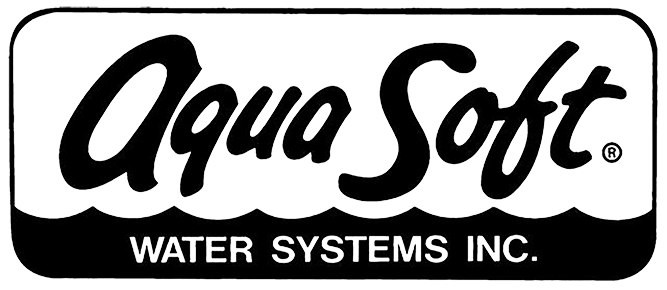Have you ever considered treating water to make it safe for drinking? It is a very interesting procedure that changes normal water into clean and healthy drinking water. In this blog post, we will explore the stages and mechanisms used to guarantee that what you drink is pure and good for your health.
What Is Water Treatment?
So, what is water treatment? It’s about removing all the bad stuff from water so it becomes safe to drink or use. Water treatment includes many methods like physical, chemical, and life processes that cleanse water and make it fit for eating, cooking, plus other home needs.
Water comes from different sources, such as rivers, lakes, and wells. Every source has its own impurities that need to be tackled to make the water safe. This is where the work of water treatment systems starts; they tirelessly strive to give you clear, contaminant-free water.
The Five Steps of Municipal Water Treatment
Water treatment, which involves a series of steps to eliminate impurities and give us clean drinking water, can be understood by looking at its five main stages:
- Coagulation and Flocculation
Initially, they put in chemicals that make impurities stick together. These chemicals have a special name—coagulants. They help to assemble small particles into bigger ones, known as flocs. When this occurs, it becomes simpler to separate dirt from the water.
- Sedimentation
When the flocs are created, the water may then sit in a sedimentation basin. During this period, due to gravity’s pulsation, these flocs settle down at the base of the basin. This step is crucial as it aids in eliminating large quantities of suspended particles from the water.
- Filtration
After sedimentation, water moves into different filters to remove any leftover particles. Filters are often created from sand, gravel, or activated carbon and are built to catch impurities as the water passes through them. This part is essential because it helps eliminate more minor elements not seen in sedimentation.
- Disinfection
Water must be disinfected to get rid of microorganisms that could harm people. Chemicals like chlorine or ultraviolet light are used to kill bacteria, viruses, and other things causing disease in the water. This step is very important for stopping sicknesses from spreading through drinking water and guaranteeing the safety of our supply.
- Storage
In the end, the water that has been treated is kept in tanks or reservoirs until people require it. This last part ensures a steady stock of clean water, so it’s there whenever you open your faucet.
Different Types of Water Treatment Systems
Different kinds of water treatment systems have been made to deal with specific problems related to water quality. Commonly used in homes and commercial places, here we present some central systems:
- Reverse Osmosis Systems: Reverse osmosis systems utilize a semipermeable membrane to eliminate dissolved solids, bacteria, and other impurities from water. This system is highly efficient and frequently found in houses to produce pure drinking water.
- Water Softeners: Water softeners have the purpose of eliminating hardness minerals, like calcium and magnesium, from water. These systems perform an ion exchange process where they substitute the hardness minerals with sodium or potassium ions to make the water soft. Soft water benefits pipes and equipment by lessening build-up in plumbing fixtures and decreasing wear on appliances.
- Ultraviolet (UV) Disinfection Systems: UV disinfection systems use ultraviolet light to eliminate bacteria, viruses, and other harmful microorganisms in water. In many cases, such systems are employed as a last stage of treatment to guarantee that the water is devoid of these pathogens.
- Activated Carbon Filters: Activated carbon filters remove chlorine, volatile organic compounds (VOCs), and other impurities that might alter the water’s flavor and smell. They are often present in point-of-use systems like under-sink reverse osmosis units.
What Is the Best Water Treatment System for Your Needs
Deciding the most fitting water treatment system for your requirements is influenced by many elements, including where you get the water from, what contaminants are in it, and what you particularly need. Here are a few suggestions to assist you in making a decision:
- Assess Your Water Quality: Initially, you should evaluate your water’s condition. Aqua Soft Water Systems provides a free examination of the water to identify the amount of impurities in your supplied liquid. Through this analysis, you will comprehend which problems require attention.
- Identify Your Needs: Keep in mind your unique requirements. For instance, are you facing issues with hard water, or do you require the elimination of chlorine and other chemicals? Understanding your needs will help you select the right system.
- Consider Your Budget: Water treatment systems are available in different price ranges, so consider your budget. Aqua Soft Water Systems offers choices to suit various budgets, ensuring you get good value.
Consult with Experts
Aqua Soft Water Systems Inc. has a committed sales team and service technicians who are extensively trained in every aspect of water treatment. We can suggest the finest water treatment system according to your particular requirements and budget. Contact us for more information today.


